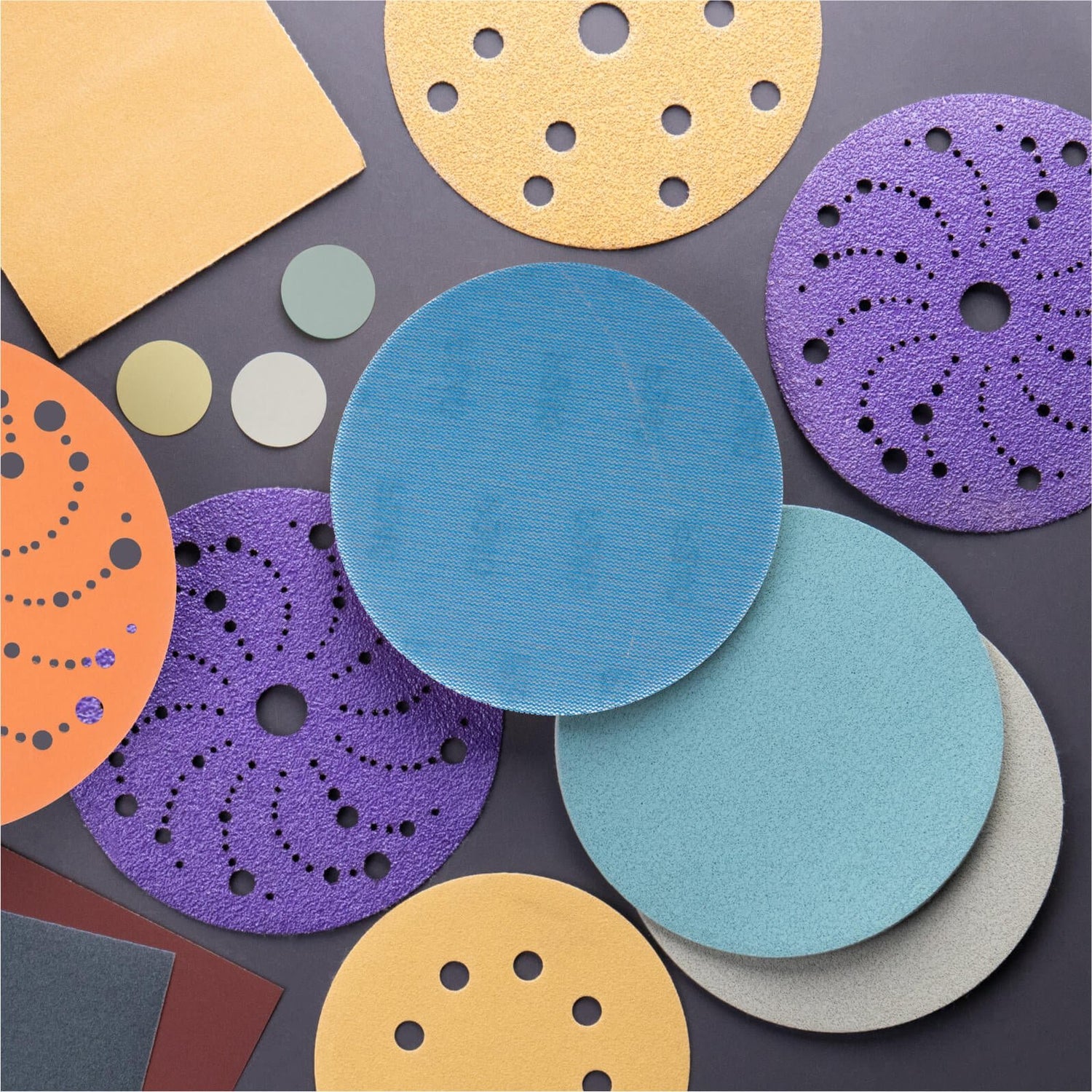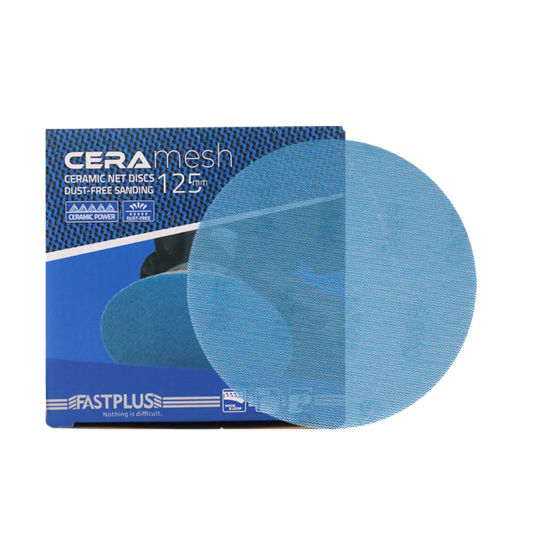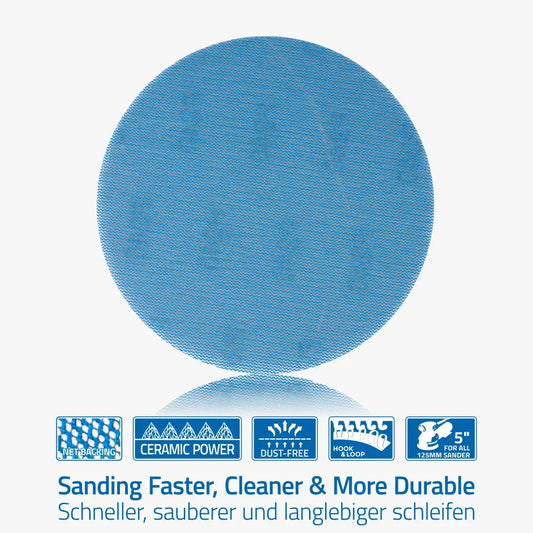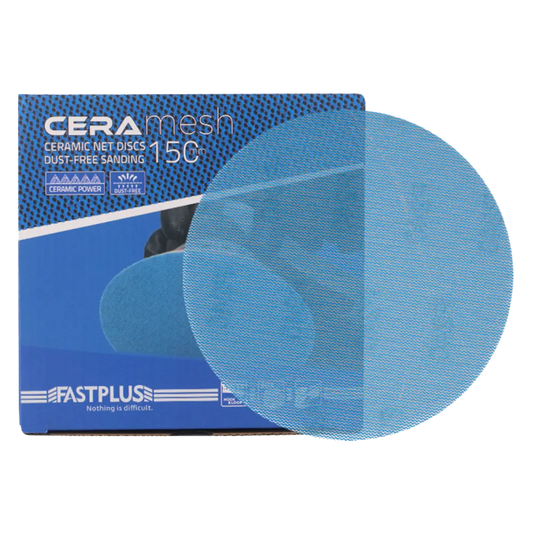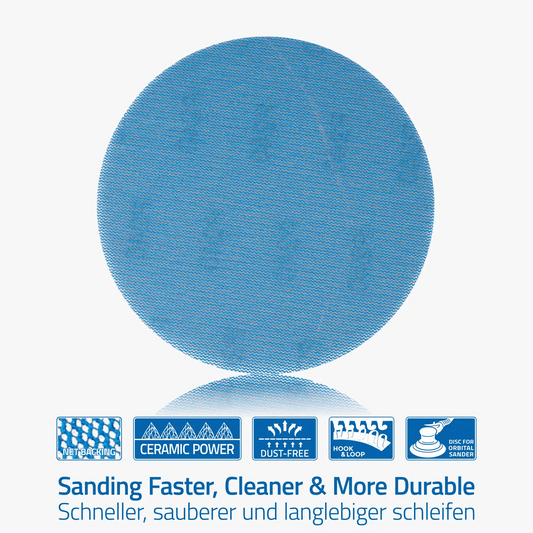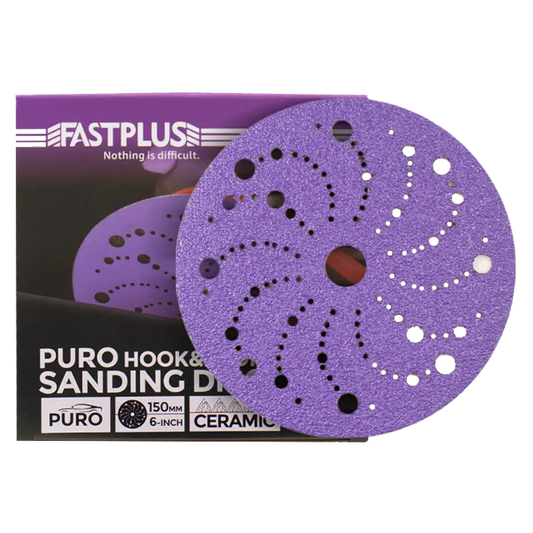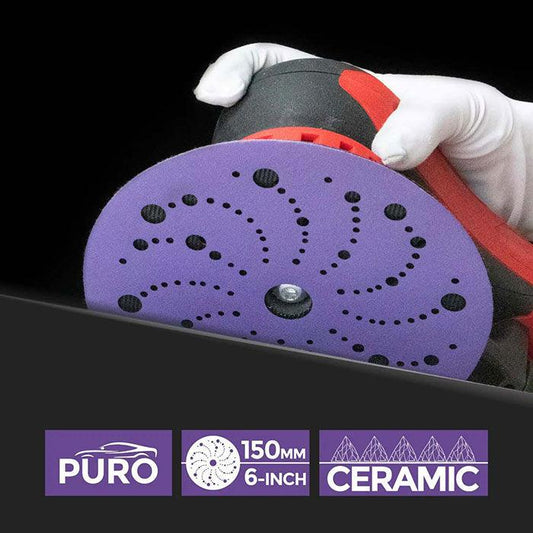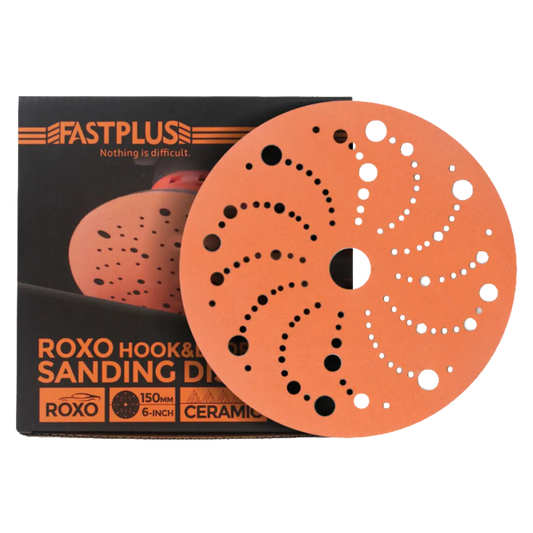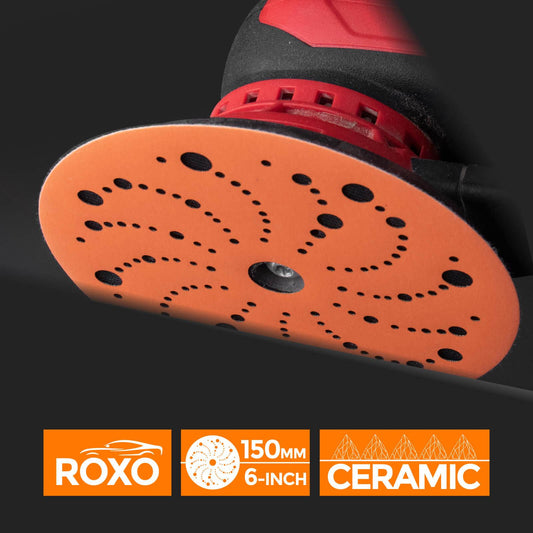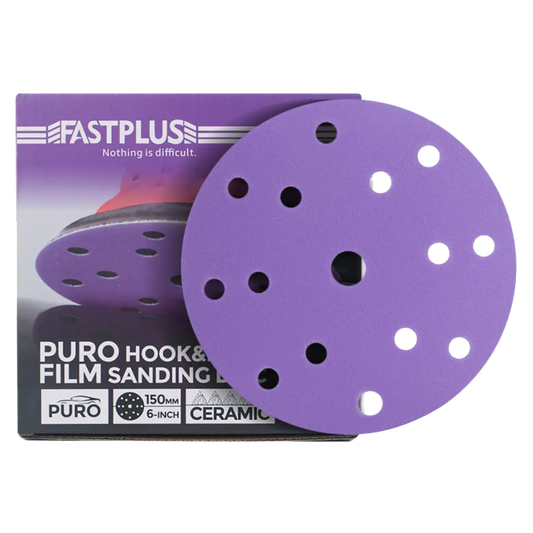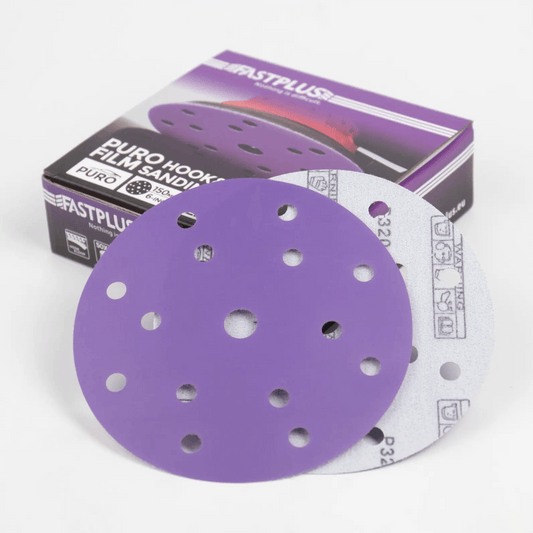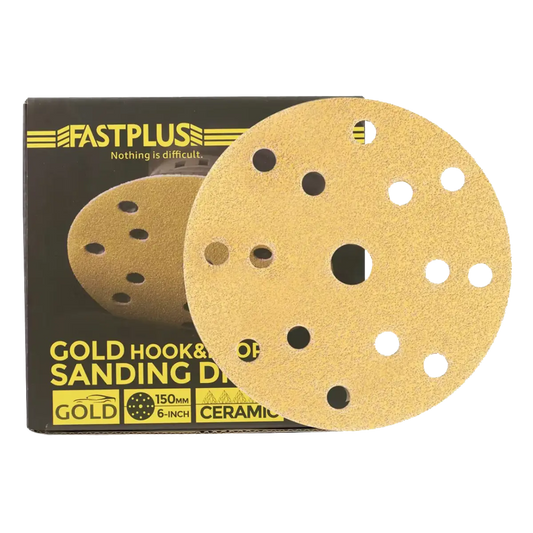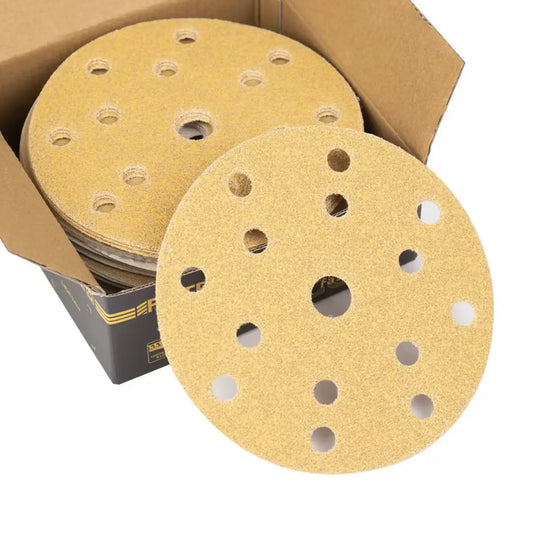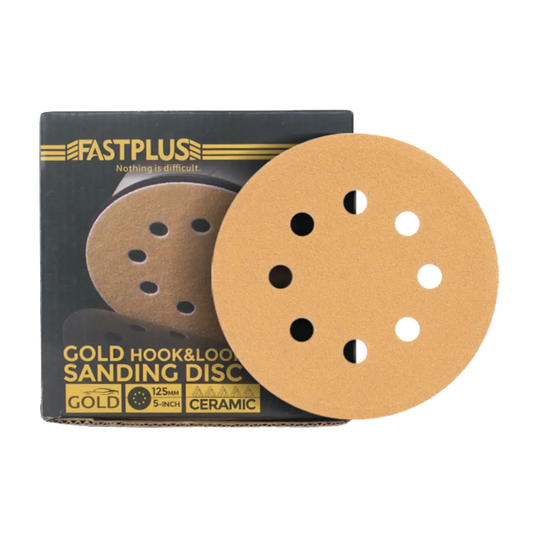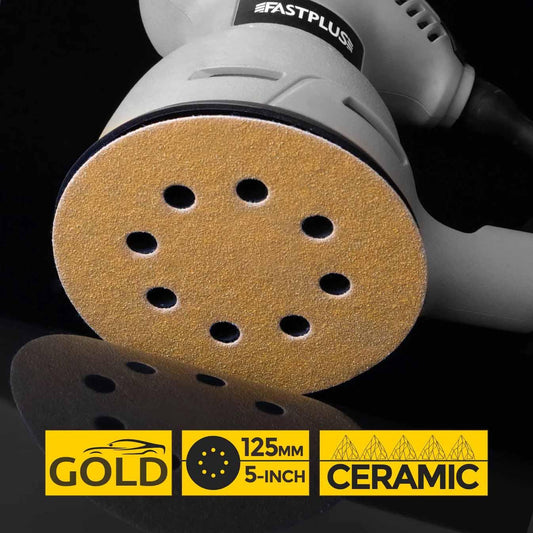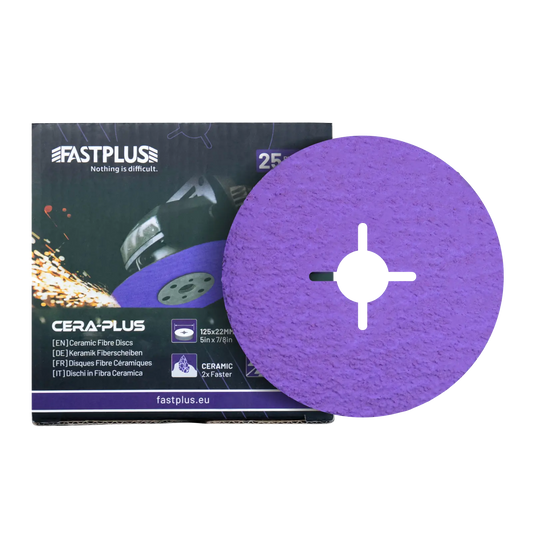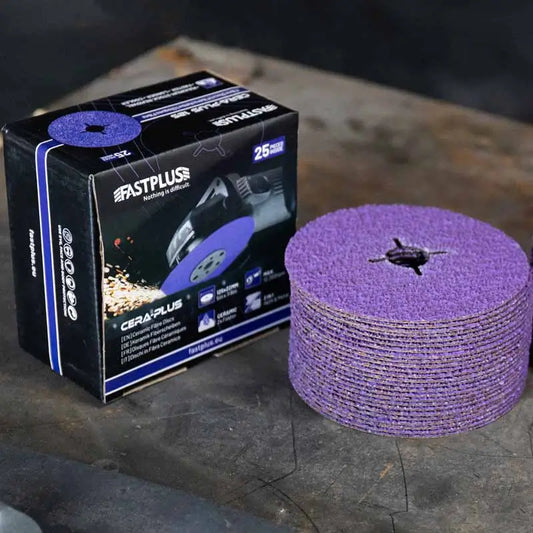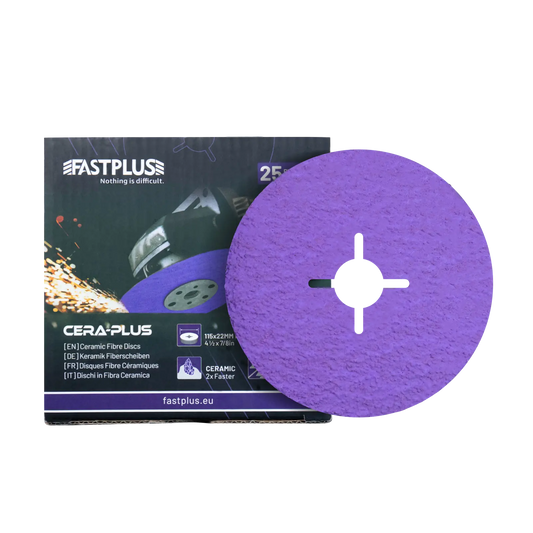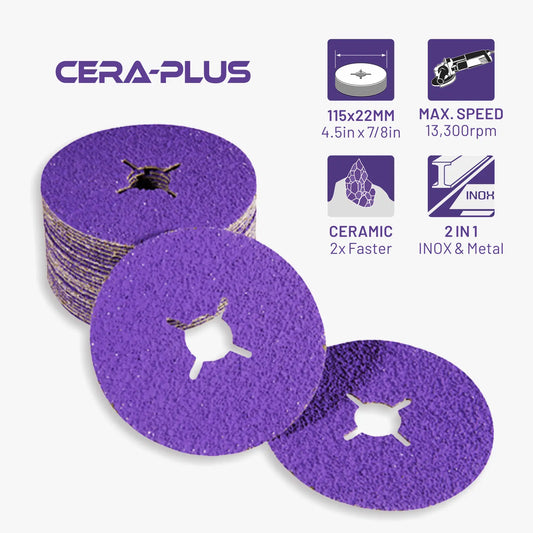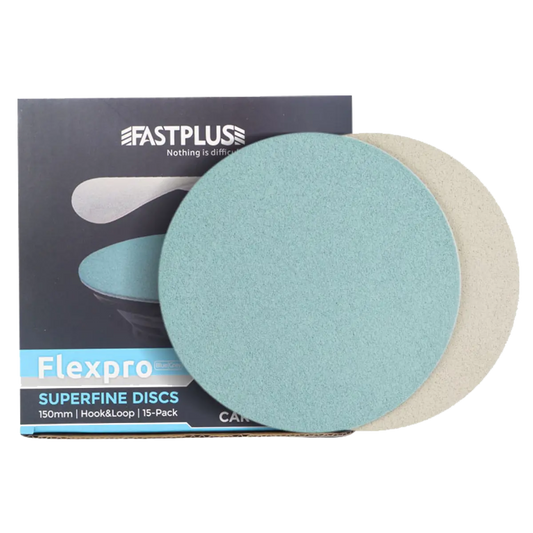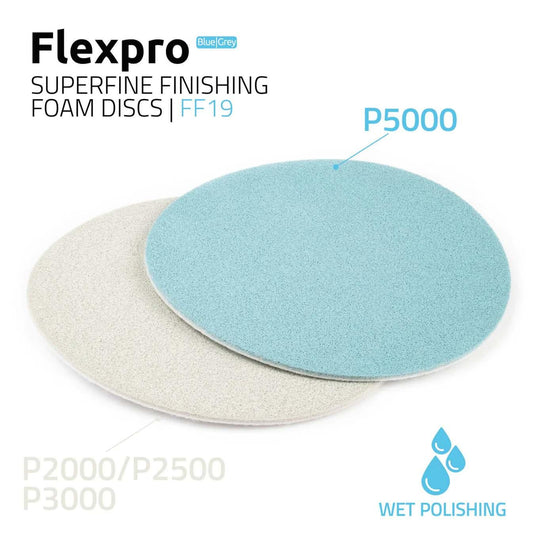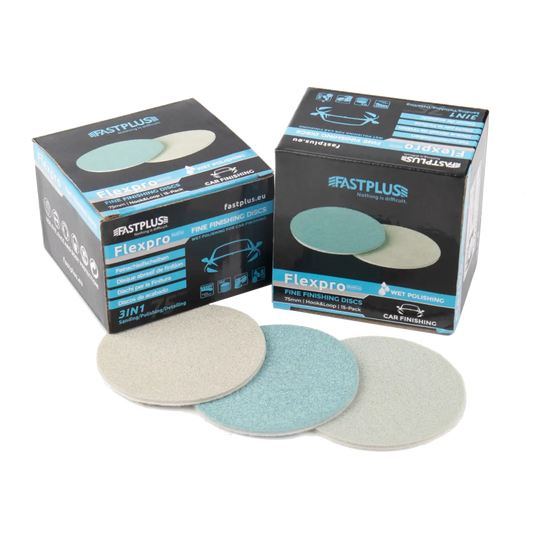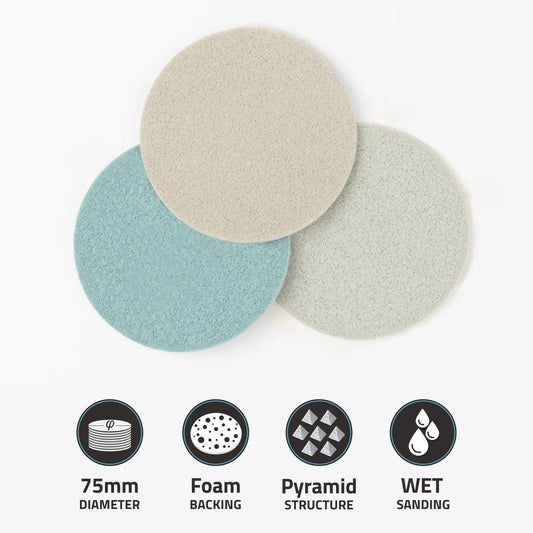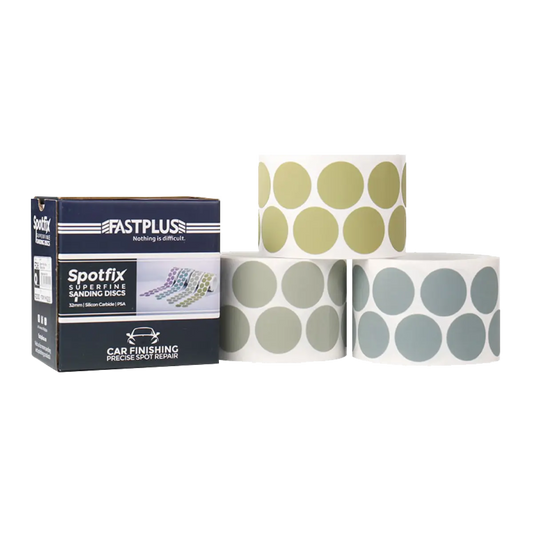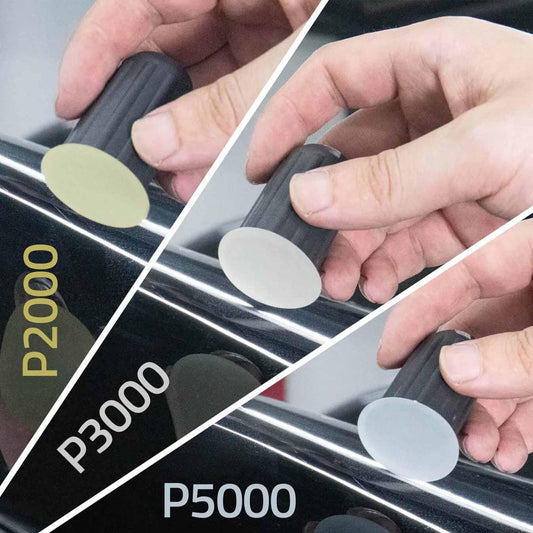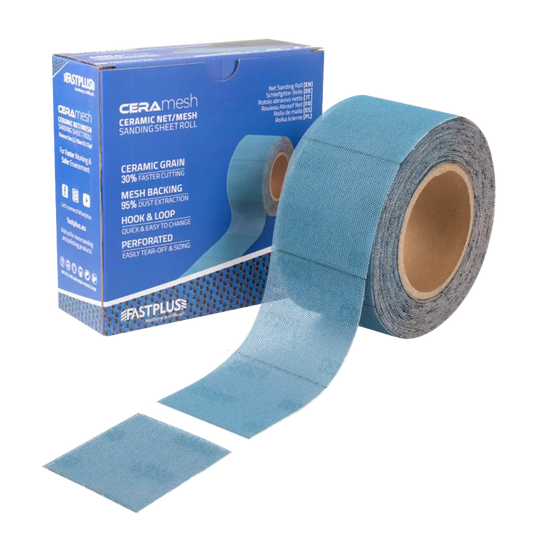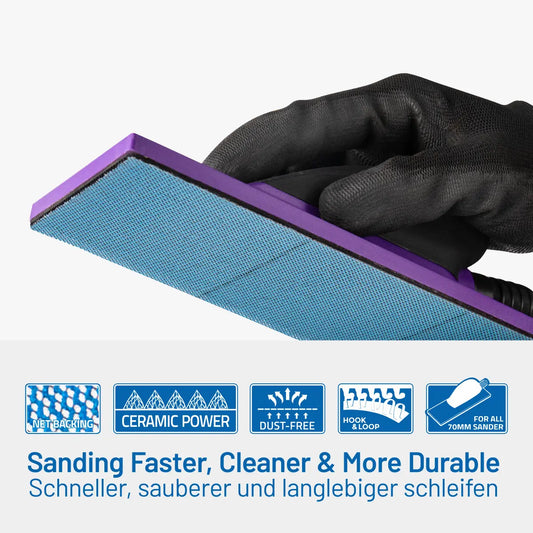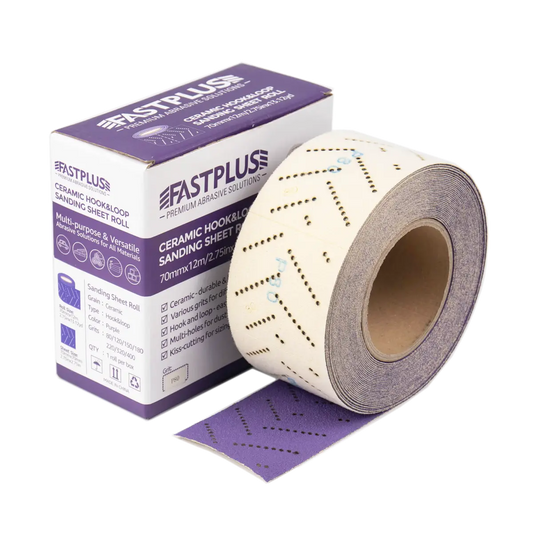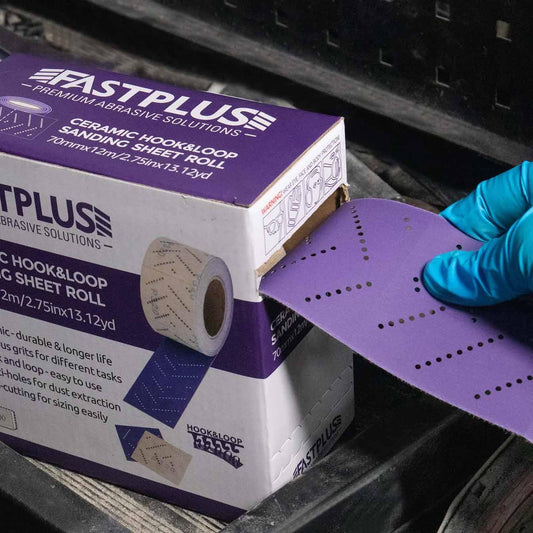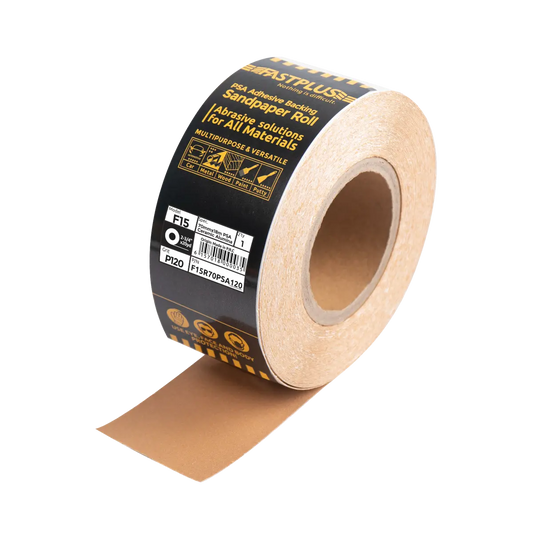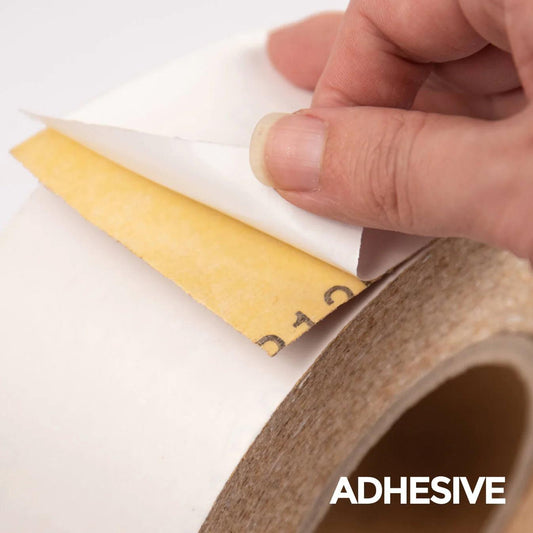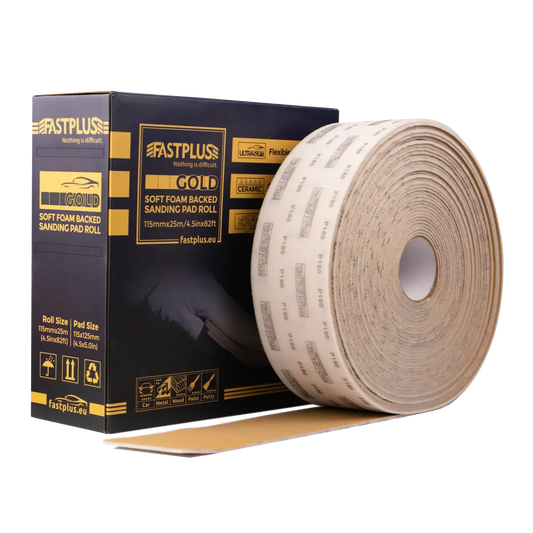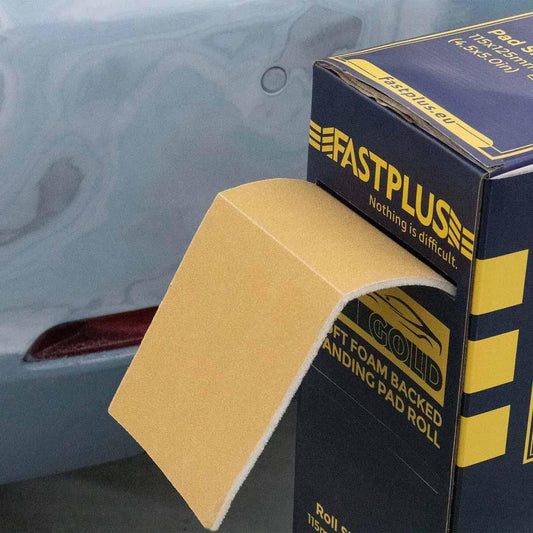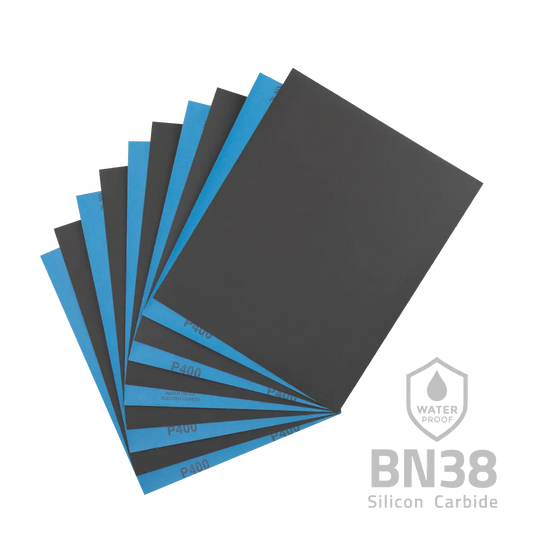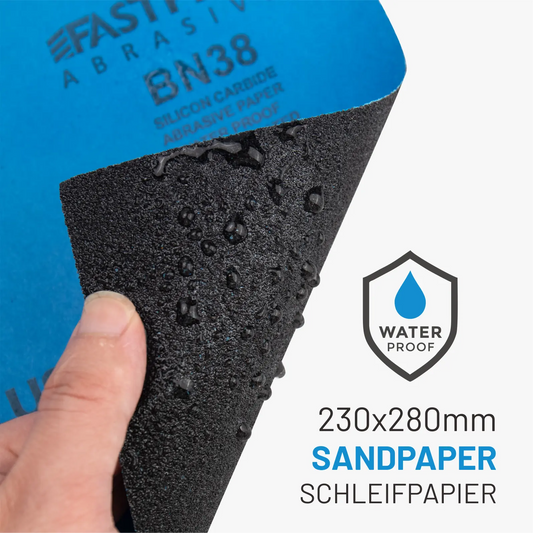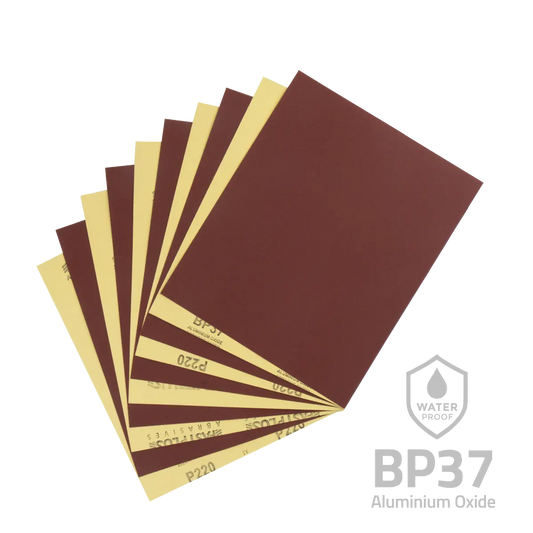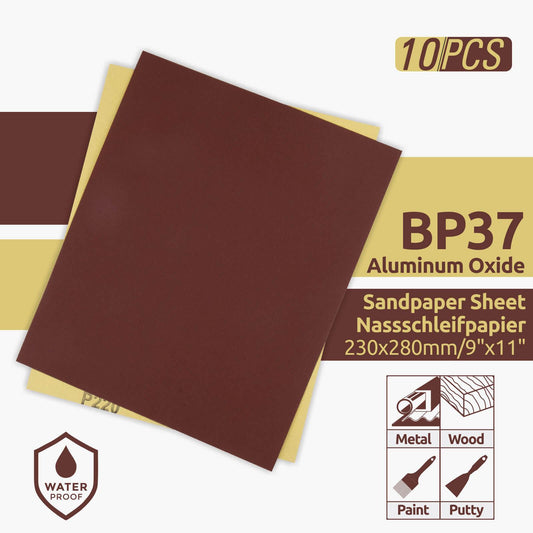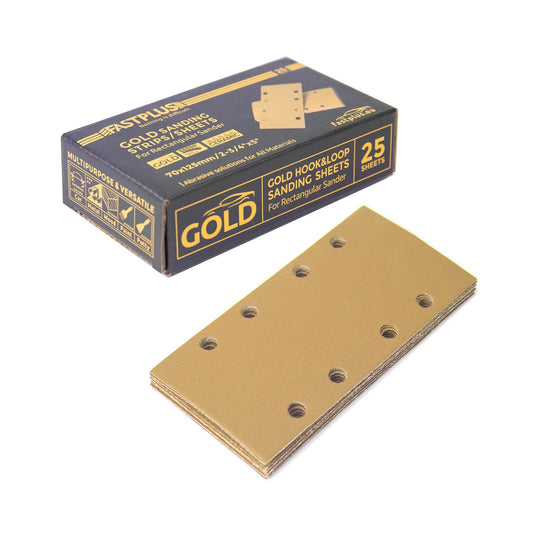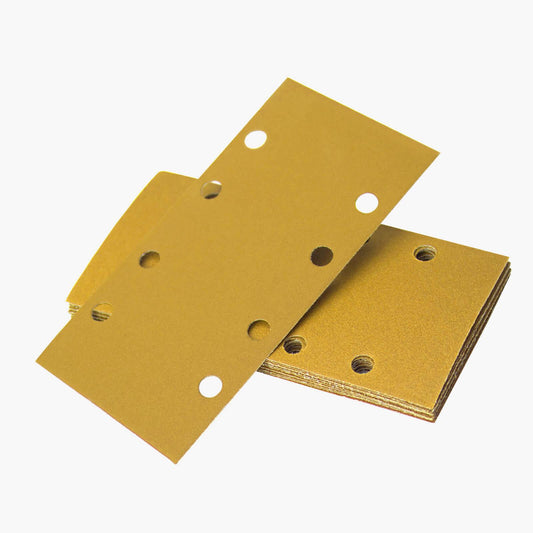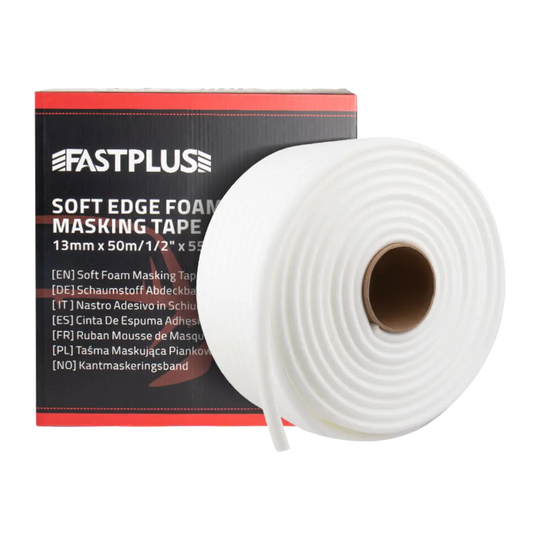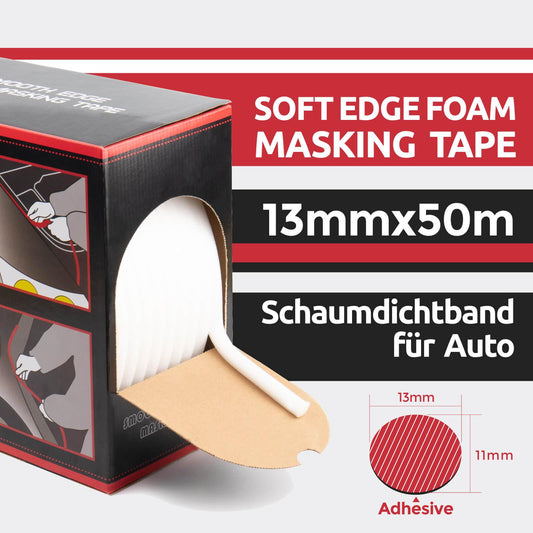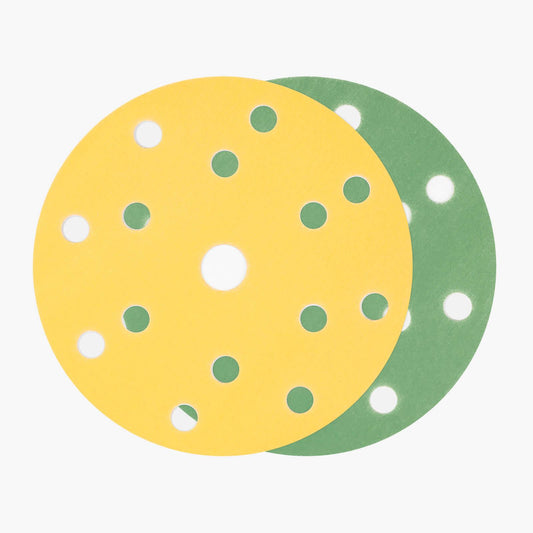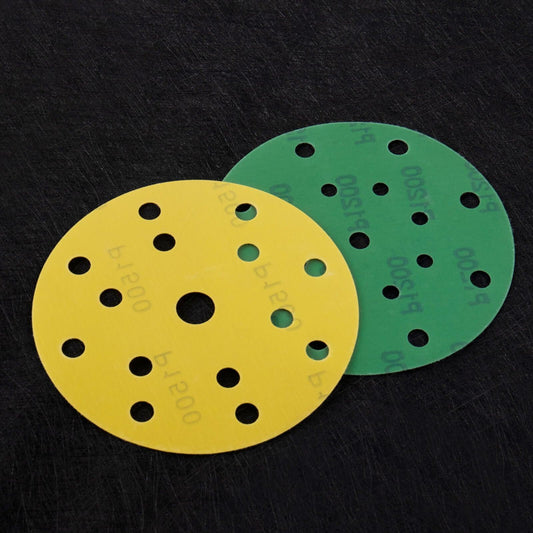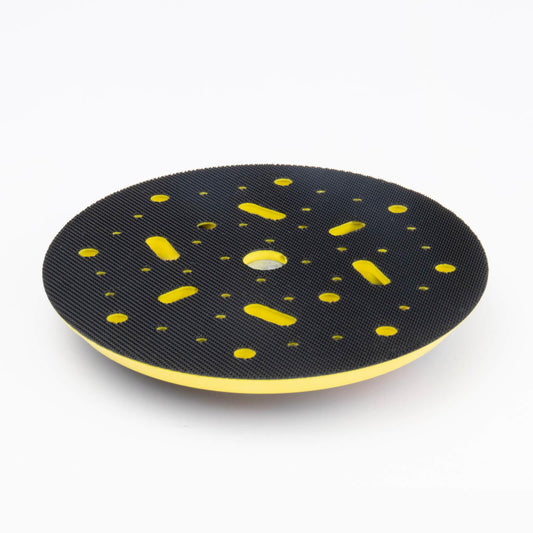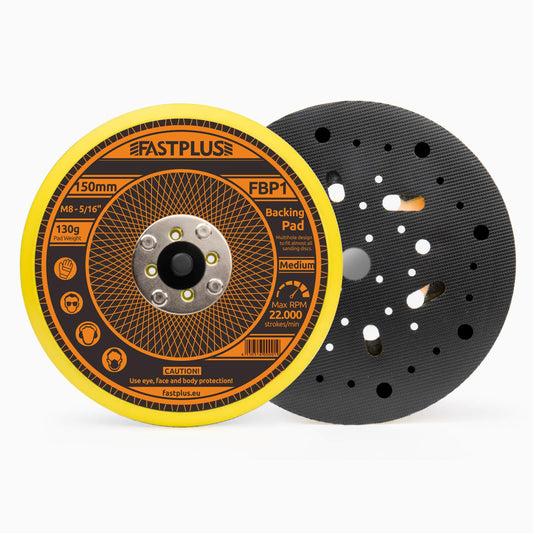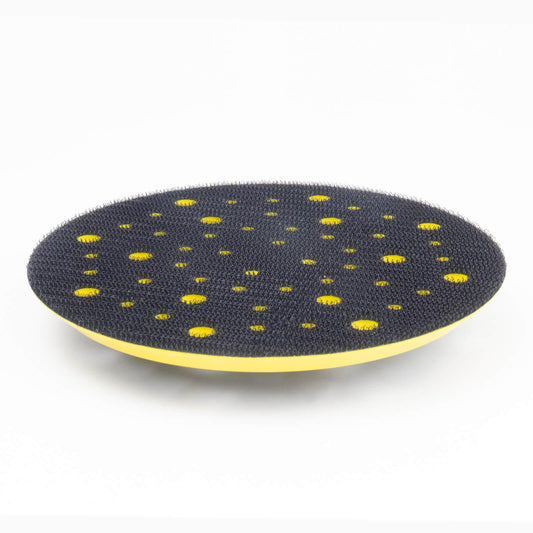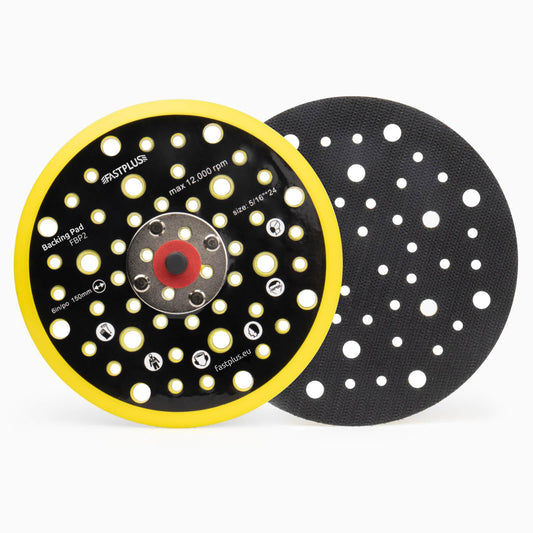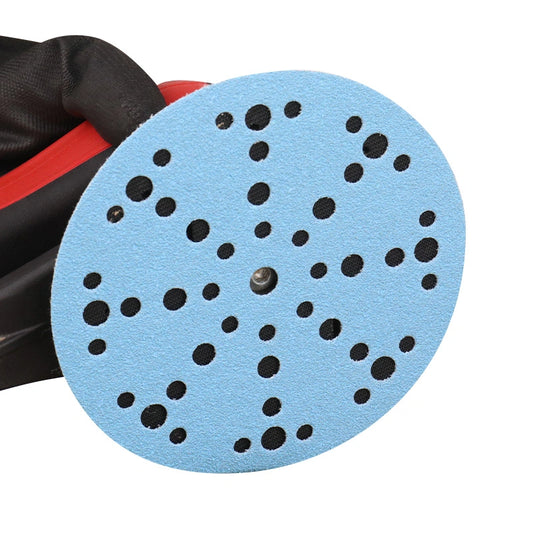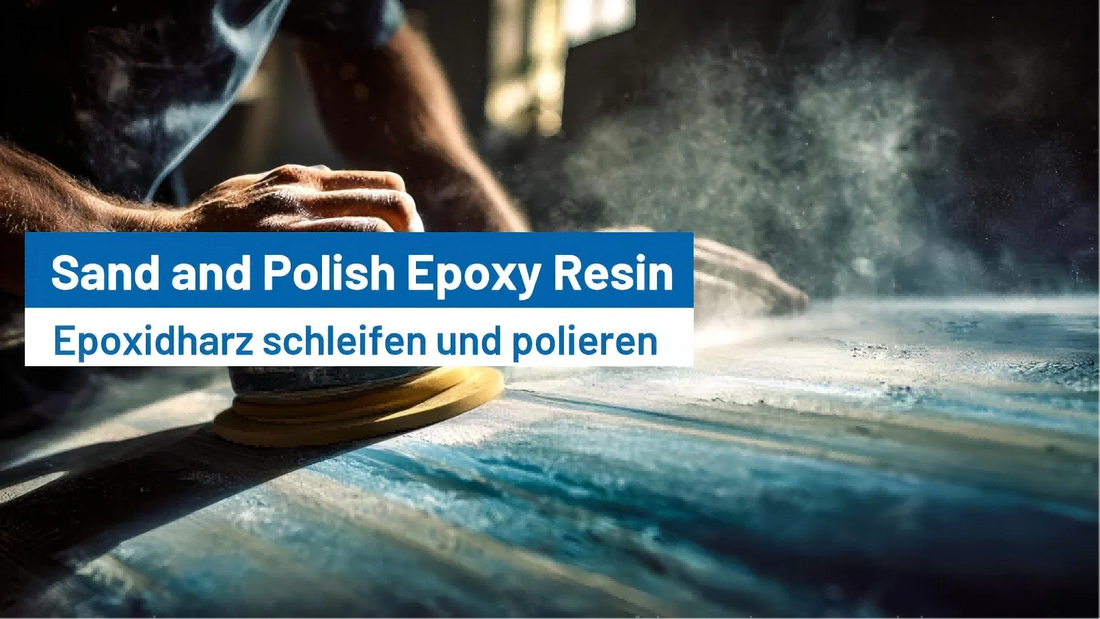
How to Sand and Polish Epoxy Resin to Remove Rough Edges?
Resin crafts and projects—whether epoxy resin jewelry, tabletops, or art pieces—often come out of molds with rough edges or a dull, uneven finish. These imperfections are completely normal, but sanding and polishing are essential steps if you want your resin project to have that smooth, glass-like shine.
This guide will walk you through the complete process of sanding and polishing resin to remove rough edges, explaining everything from the tools you’ll need to the correct techniques and polishing sequence.

Why Sanding and Polishing Resin Is Important
When resin cures, it hardens into a plastic-like material. While molds give the surface a glossy finish, the edges or the backside can sometimes appear sharp, cloudy, or irregular.
Sanding helps you:
- Remove imperfections: Scratches, rough edges, or uneven surfaces from the mold.
- Smooth transitions: Especially around seams or areas where resin was trimmed.
- Prepare for polishing: A well-sanded surface will polish evenly, producing a clear, reflective finish.
Polishing, on the other hand, restores clarity and depth to the surface by removing the haze caused by sanding abrasives. Together, sanding and polishing make your resin piece look professional and flawless.
Tools and Materials You’ll Need
Before you begin, make sure you have the right tools and safety gear.
 1. Sandpaper and Abrasives
1. Sandpaper and Abrasives
Use high-quality wet/dry sandpaper or abrasive discs for the best control and finish. The following grit sequence is recommended:
- Coarse shaping: 180–400 grit
- Smoothing: 600–1000 grit
- Fine finishing: 1500–3000 grit
Alternatively, foam-backed film discs or sanding mesh discs (such as ceramic mesh or aluminum oxide mesh) are ideal for even sanding and dust-free performance when used with water.
2. Sanding Tools
You can sand resin by hand or with a machine:
- Hand sanding: Best for small jewelry pieces or detailed areas.
- Orbital sander: Perfect for flat resin surfaces, coasters, or tabletops.
- Sanding block: Keeps even pressure and avoids finger marks.
3. Polishing Compounds and Pads
To restore the gloss:
- Polishing compound or resin polish: Plastic-specific compounds work best.
- Buffing pad or foam polishing pad: Use with a rotary polisher or dual-action (DA) polisher.
- Microfiber cloths: For hand-polishing or wiping residues.
4. Cleaning Supplies
- Mild dish soap
- Soft sponge
- Spray bottle with water
- Paper towels or lint-free cloths
5. Safety Gear
- Gloves
- Dust mask or respirator
- Safety glasses
Step 1: Trim and Prepare the Resin Surface
Before sanding, inspect your piece for overflows, drips, or sharp edges. Use a craft knife, razor blade, or fine file to trim away the largest imperfections. Work slowly and carefully—cutting too deeply can damage the piece.
Next, clean the surface with warm soapy water to remove any dust, oil, or release agent residue. A clean starting point ensures that sanding abrasives don’t clog prematurely.
Step 2: Start with Coarse Grit Sanding (180–400 Grit)
Begin sanding using a low grit sandpaper, around 180 to 400 grit, depending on how rough your surface is. This stage removes large imperfections, uneven seams, and sharp edges.
Tips:
- Wet sanding is best. Dip the sandpaper or abrasive disc in water before sanding. This keeps the resin cool, prevents clogging, and minimizes airborne dust.
- Use circular motions. Sand in small circles, applying light pressure. Avoid pressing too hard, which could cause grooves.
- Check your progress frequently. Stop occasionally, rinse the piece, and check whether the edges have become smooth and uniform.
If you’re using a machine sander, set it to low speed and maintain consistent motion to avoid overheating the resin surface.
Step 3: Smooth the Surface (600–1000 Grit)
Once the rough edges are gone, switch to 600 grit, then gradually move up to 800 and 1000 grit.
This step removes scratches left by the coarser sandpaper and starts to refine the surface texture. You’ll notice the resin getting smoother and more uniform, but still slightly dull—which is normal before polishing.
Technique:
- Keep sanding wet to prevent buildup.
- Move in different directions between grits (e.g., circular to linear) to ensure even sanding.
- Rinse between grit changes to remove abrasive residue.
Pro Tip: If you see any deep scratches or cloudy patches that don’t go away, return to a coarser grit and repeat before moving up again. Skipping this can lead to imperfections visible after polishing.

Step 4: Fine Sanding (1500–3000 Grit)
At this point, your resin should feel smooth to the touch. Use 1500, 2000, and 3000 grit abrasives for final refinement.
These ultra-fine abrasives remove the micro-scratches and prepare the resin for polishing. When you reach 3000 grit, your piece should already start reflecting light faintly.
Recommended Products:
- Soft foam film discs: Conform to curves and prevent over-sanding.
- Ceramic mesh discs: Maintain cutting performance longer on large resin areas.
Use light, even pressure, and keep the sanding surface wet. Spend extra time on edges to blend transitions between surfaces seamlessly.
Step 5: Dry and Inspect
After completing the sanding sequence, rinse the resin thoroughly with clean water and dry it using a lint-free cloth. Examine it under bright light or sunlight—this helps spot any lingering scratches or uneven areas.
If you notice dull patches or swirl marks, repeat fine sanding with 2000–3000 grit until you achieve a consistent matte surface. This uniform matte finish is the perfect base for polishing.
Step 6: Polishing the Resin Surface
Now it’s time to bring back that glossy, crystal-clear look.
By Hand:
- Apply a small amount of resin polishing compound or plastic polish to a soft microfiber cloth.
- Rub in circular motions over the entire surface.
- Reapply polish as needed and continue until the surface becomes shiny.
- Wipe off residue with a clean, dry cloth.
With a Machine:
- Attach a soft foam polishing pad to a rotary or DA polisher.
- Apply a small amount of compound to the resin.
- Start at a low speed (1000–1500 RPM), working in overlapping passes.
- Don’t stay too long in one spot—resin can soften with heat.
- Buff until you achieve a clear, reflective finish.
If your resin looks hazy after the first pass, repeat polishing with a finer finishing compound.
Step 7: Clean and Protect the Finish
Once you’re satisfied with the shine, use a microfiber cloth to wipe away any remaining polish. You can optionally apply a thin coat of resin-safe wax or plastic sealer to enhance gloss and protect the surface from fingerprints or UV yellowing.
Store the finished piece in a clean, dust-free area to prevent contamination before the polish fully cures.
Common Sanding and Polishing Problems (and How to Fix Them)
Even experienced resin artists sometimes encounter issues. Here’s how to troubleshoot common problems:
| Problem | Cause | Solution |
|---|---|---|
| Cloudy or dull finish | Skipped grit stages or insufficient polishing | Go back to a finer grit (2000–3000) and re-polish |
| Scratches visible after polishing | Deep marks from coarse sanding not removed | Start again at the previous grit level |
| Wavy surface or uneven edges | Inconsistent pressure or sanding too long in one area | Use a sanding block or orbital sander for flatness |
| Overheating | High speed or dry sanding | Always wet sand and use low machine speed |
| Polish residue streaks | Too much compound or dirty pad | Clean pad regularly and use small polish amounts |
Choosing the Right Abrasives for Resin Projects
The quality of your sanding abrasives has a huge impact on the final result. For best performance, choose discs or sheets designed for fine finishing and plastic surfaces.
Here’s a quick guide:
| Type of Abrasive | Best For | Notes |
|---|---|---|
| Aluminum Oxide Sandpaper | General resin sanding | Affordable and widely available |
| Ceramic Mesh Discs | Large or thick resin surfaces | Long-lasting and excellent dust extraction |
| Soft Foam Film Discs | Curved resin edges and polishing prep | Prevents gouging and provides even pressure |
| Wet/Dry Silicon Carbide Paper | Hand sanding small items | Produces smooth finish when used wet |
If you sand frequently, factory-direct abrasive products from professional suppliers offer consistent quality and value for bulk buyers.
Safety and Maintenance Tips
Working with resin dust requires caution. Here are some essential safety reminders:
- Always wear protective gloves and a dust mask.
- Wet sanding significantly reduces airborne particles.
- Keep your workspace well-ventilated.
- Clean tools and pads after each session to prevent contamination.
Proper tool care and cleanliness ensure each step—from sanding to polishing—produces the clearest finish possible.
Final Thoughts
Sanding and polishing resin may seem tedious at first, but the results are worth every effort. With patience and the right grit progression, you can transform a rough, uneven resin surface into a flawlessly smooth and glass-like masterpiece.
Whether you’re a resin artist, jewelry maker, or DIY crafter, mastering this process opens the door to professional-level finishes. Start with careful sanding, finish with precise polishing, and your resin projects will shine with clarity and brilliance.

